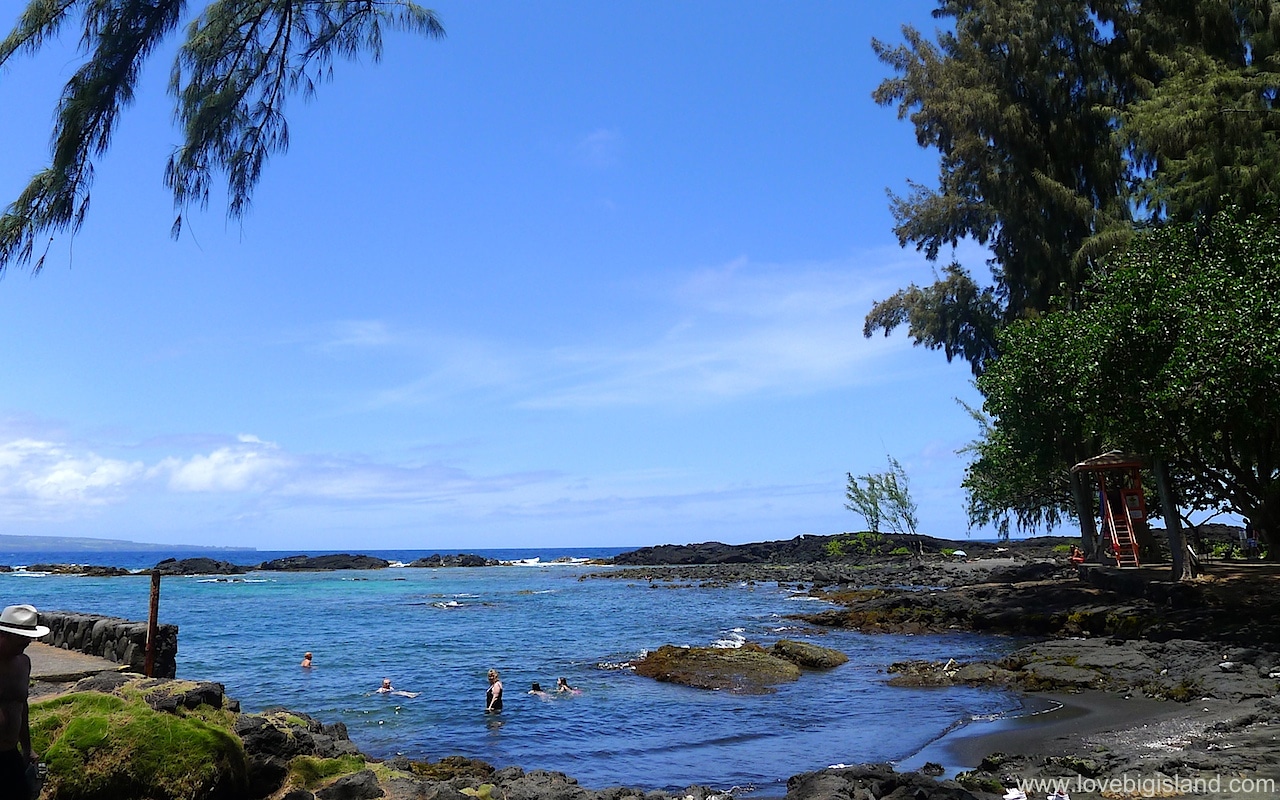For your information: this EarthCache is one of three here in Richardson Ocean Park. It is not required to find all three, but they share similar geoscience lessons on lava and sediment formation. The other two EarthCaches (within just feet of this geocache) are:
 ROP: There's Green Sand Too!
ROP: There's Green Sand Too!
 ROP: Salt-Crystal Weathering
ROP: Salt-Crystal Weathering
Sand:
-
Sand is divided into five categories based on its size:
-
Very fine sand (1/16 – 1/8mm)
-
Fine sand (1/8 – 1/4mm)
-
Medium sand (1/4mm – 1/2mm)
-
Coarse sand (1/2mm – 1mm)
-
Very coarse sand (1 mm – 2mm)
These are accurate measurements according to the Udden-Wentworth Scale
How do black sand beaches form?
Black sand beaches can form in a couple of different ways. One way is from erosion of volcanic rock as water flows down the side of a volcano. Rivers and streams can cut through the black volcanic rock as they flow and cause erosion. The eroded fragments of rock usually continue to break down as they travel towards the ocean and then the small sediments are released in the ocean. Another common way that black sand and black sand beaches are formed is when hot lava hits the cold ocean water and cools very quickly, causing it to shatter and break into pieces of basalt fragments of all sizes-- including grains of black sand. During a volcanic eruption, enough lava can interact this way with the ocean that a new black sand beach can form literally overnight.

What rocks/minerals are found in black sand?
Black sand beaches are black because many volcanic minerals and rocks are dark-colored. Common types of volcanic rock are basalt (black), andesite (usually dark gray) and volcanic glass (often black in color). The minerals that give black color to these rocks are predominantly pyroxenes (mostly augite), amphiboles (mostly hornblende) and iron oxides (mostly magnetite). Such sands are heavier than ‘normal’ light-colored sands and become very hot on a sunny day. Dark color and heaviness are both caused by high iron content. Iron gives black color to most minerals because it absorbs light very well and it is also heavy.
Logging Requirements:
-
Pick up a handful of sand at the GZ and observe it. Based on your observations, does the sand at Richardson Ocean Park contain:
-
a) 10-20% black sand
-
b) 20-40% black sand
-
While looking at the sand, estimate how many millimeters are most of the grains of sand and what category does Richardson Beach’s sand fall into according to the Udden-Wentworth scale.
-
Why do you think this area has black sand? Use your observations at the GZ and some of the information you've learned in the description to aid in your answer.
-
As of June 2019, earthcaches are now allowed to have a required photo logging task. Please provide a photo of yourself, your GPSr, or a personal item that proves that you have visited this site. Please post this in your log.
Congrats to HuliGirl for the FTF!
Enjoyed finding this EarthCache? Consider awarding it a favorite point!
Sources:
https://en.wikipedia.org/wiki/Black_sand
https://www.sandatlas.org/what-is-black-sand/
https://www.skylinehawaii.com/blog/all-about-mauis-black-sand-beaches
| We have earned GSA's highest level: |
 |

